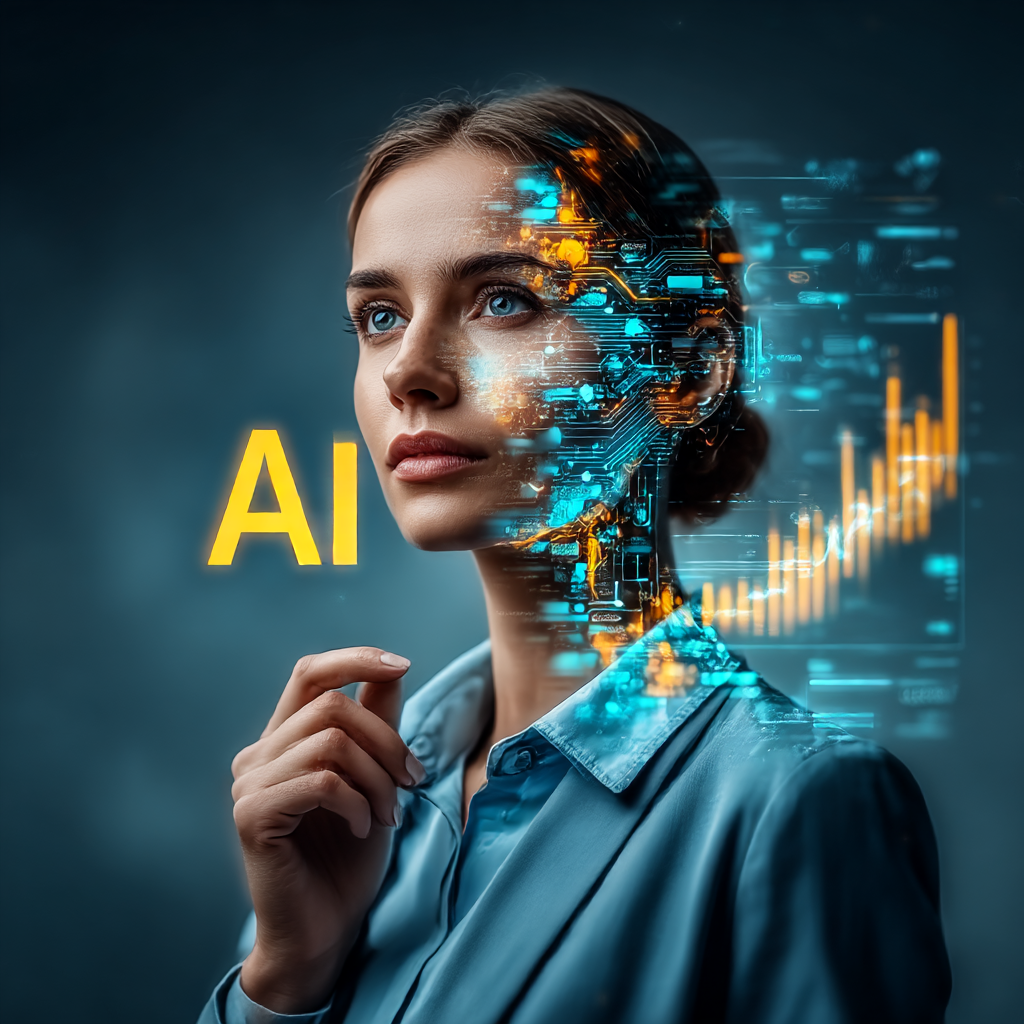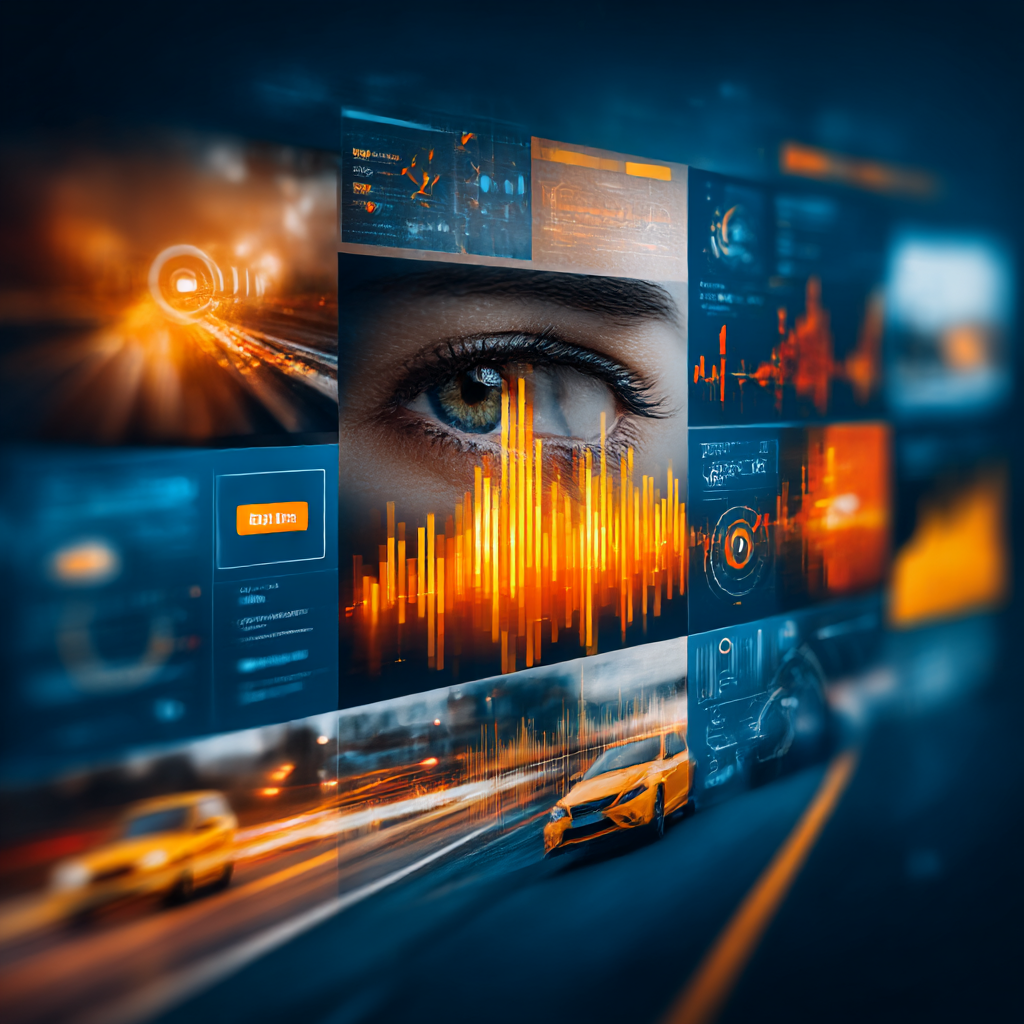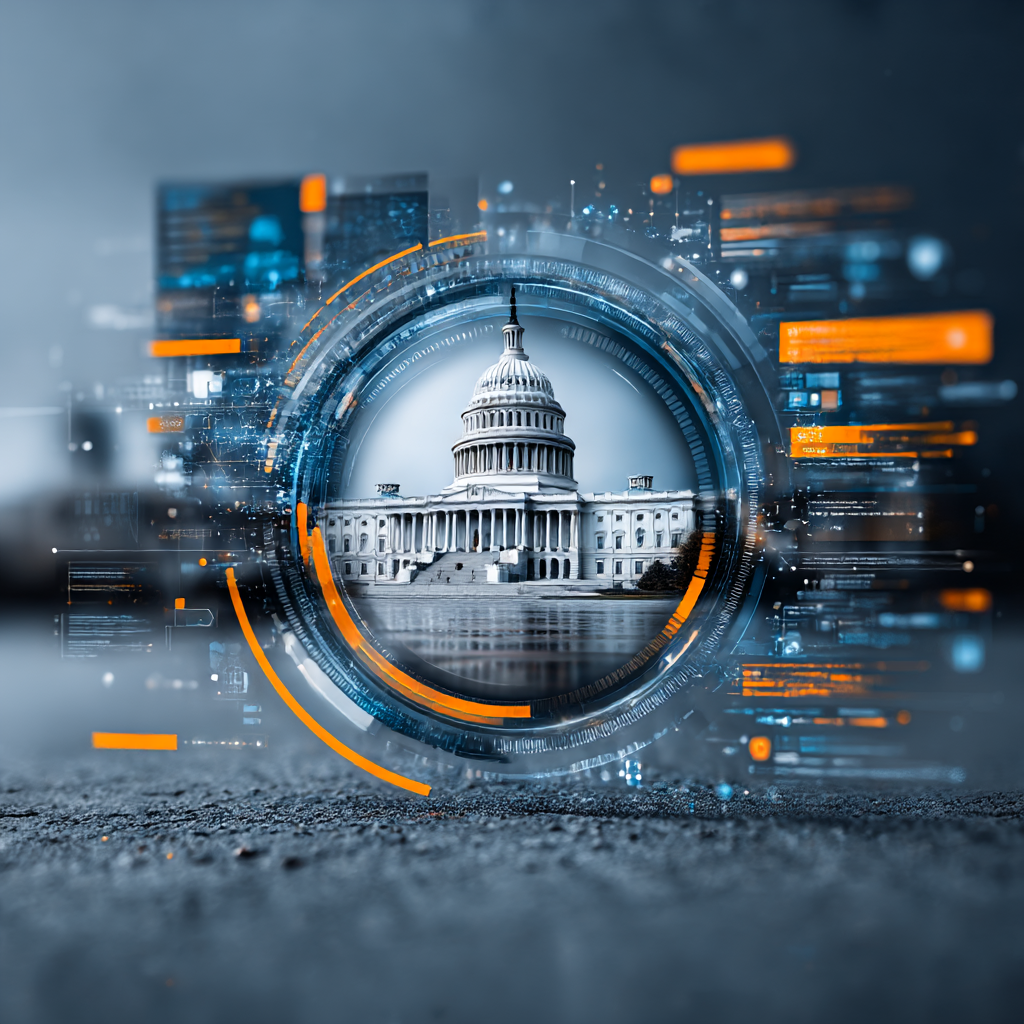Key Takeaways: Data & Analytics Hiring in 2025
Learn More
Key Takeaways: Data & Analytics Hiring in 2025
Top Five Trends To Watch for 2025

As AI moves from experimentation to production, titles are maturing. Teams now prioritize Applied LLM Engineers (productizing models/features), Retrieval Engineers (grounding, indexing, and relevance), and AI Platform Engineers (on tooling, orchestration and governance). In parallel, demand is rising for RLHF/Alignment Ops and AI Evaluation/Safety Specialists to ensure quality, reliability, and compliance at scale.
Enterprises are moving beyond one-off pilots. Tooling is consolidating into a standard AI platform stack (data, orchestration, LLMOps/MLOps, governance), and budgets are being reallocated from POCs to production-grade features that are versioned, observable, and ROI-tracked—the outcome: faster delivery, lower total cost of ownership, and repeatable value across business lines.

Enterprises are deploying multimodal agents that accept voice and image/video inputs and perform actions through tools like APIs, RPA, and CRM/ERP apps. These systems are moving beyond pilots and being implemented in service, sales, and operations with clear success measures: increased self-serve and containment, improved CSAT, and reduced resolution costs. Expect more refined evaluation processes, safeguards, and human-in-the-loop escalation to maintain KPI improvements.


Enterprises are adopting hybrid AI stacks: vendor services for speed (foundation APIs, eval, observability) combined with open-weight models and in-house fine-tuning for differentiation and compliance. This approach enhances control, privacy, and portability while reducing vendor lock-in, lowering latency and costs, and enabling deployment across cloud, on-premises, and edge environments.

The federal TAKE IT DOWN Act establishes criminal penalties for sharing non-consensual intimate imagery—including AI-generated deepfakes—and requires platforms to promptly remove flagged content under FTC oversight, raising content-safety, verification, and takedown procedures from mere 'best practices' to essential requirements. Meanwhile, the One Big Beautiful Bill Act reinstates a 100% immediate deduction for domestic R&D (Section 174)—covering salaries, equipment, and related costs—ending multi-year amortization for US research and, in some cases, providing retroactive relief options for small businesses. Budget managers can then direct spending toward in-house AI/ML and data platform initiatives with more favorable unit economics.

